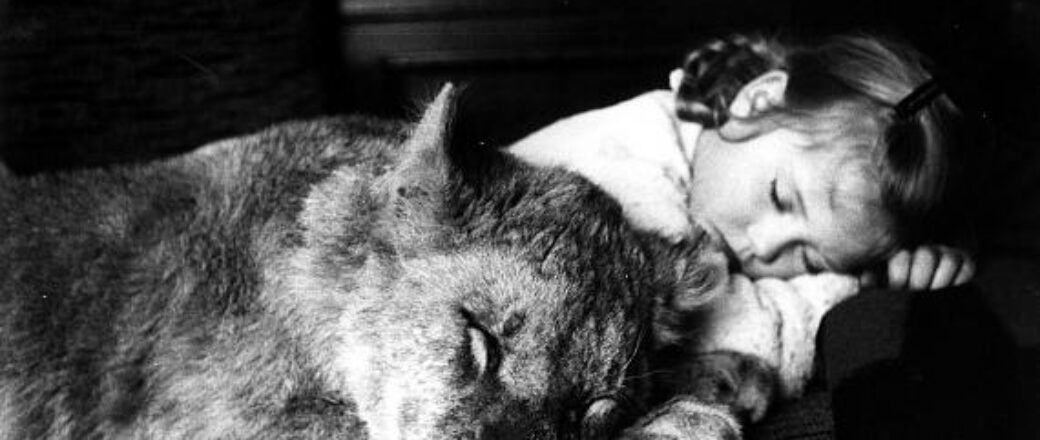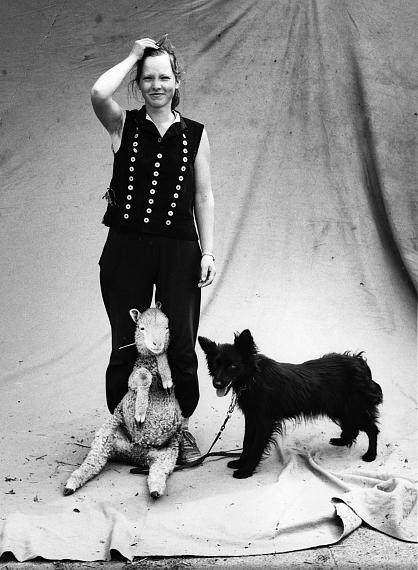Anyone who observes Stefan Moses at work is suddenly drawn into the maelstrom of that quiet insistent madness with which a great photographer makes the living objects submissive, if not defenseless, to his desire. He smiles kindly. Many gentle, affirmative words create the deceptive impression of a conversation, as if the photographic victim still had a will of his own, as if he still had something to contribute to his self-expression. Last resistances and initial alertness turn into an atmosphere of helpless trust.
Moments later, a couple nestles passionately together in front of the camera, disregarding an aversion that has grown over decades. Yes, they are even willing to repeat the process as often as they like. Contrary to expectations, the result (a print in 24 x 30 format, black and white, glossy) reveals the traces of decades that were corked together. Stefan Moses masters the psychological and hypnotic means of restoring lost naturalness to humans and other vertebrates.
I almost never succeed in this. As soon as I point my Rolleiflex, a somewhat cumbersome but reliable device dating from 1952, at a living subject, it denies me any respect. People begin to grimace in a manner foreign to their species, express themselves in hurtful comments or lose control over their usual movements.
Present animals appear equally disturbed. Anton, an otherwise very level-headed, thoughtful dog, growls into the lens (Schneider Xenar, 1:3.5) while slightly raising his upper lip. Paul, a pug of trustworthy descent, crosses his ears over his head and reveals his buttocks, which, due to their natural opening, are not common motifs.
The rituals of refusal in animals and humans are therefore different. Also the held out calf-bone is not equally effective with master and dog. And yet, in the portrait of the lion tamer, who beds his head diagonally between his pupil’s teeth, the virtuoso photographer succeeds in tracing the background of the relationship and in demonstrating the emotional tensions in the facial expressions of the partners.
This requires art and patience. A wrong look, the animal closes its throat in a bad mood, and the smile of the artist seems strangely broken. An industrial accident, and yet, photographed in time, a rare document of truth: photographer’s luck.
The animal and its human. The title makes one uncertain. At first glance, one suspects the fateful affiliation. At second glance, the human being is already the property of the animal. The latter version is more familiar to me. For decades the digestive rhythms of three dogs have determined the social life of the family. They force us to return home hastily after culturally used free time, force us to stay outside, at night in unfavorable weather.
Stefan Moses, photographer and psychologist, does not know this one-sided view. With a gentle hand he accompanies the sensitive togetherness without making good and evil, tragedy or comedy into a program. With each photo he tells a story from the ring of the lost paradise, perhaps in the hope that one day animal and human will jump through the hoop together.
Stefan Moses
THE ANIMAL AND ITS HUMAN
17 November 2020 – 27 March 2021
Johanna Breede PHOTOKUNST
Fasanenstr. 69
10719 Berlin
www.johanna-breede.com
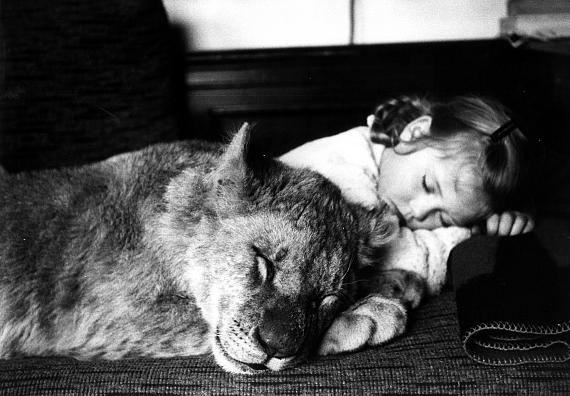
Stefan Moses © archiv stefan moses “Kind und Löwin”, Nürnberg 1968 Courtesy Johanna Breede PHOTOKUNST
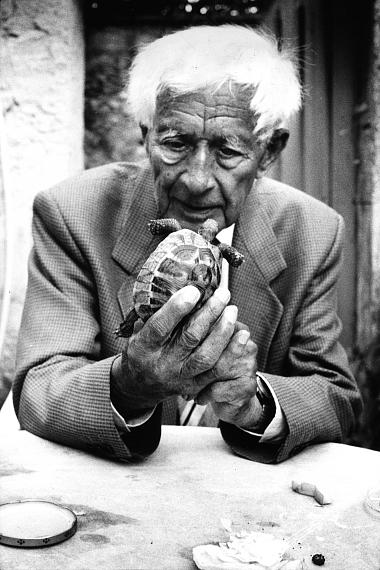
Stefan Moses © archiv stefan moses “Ernst Jünger mit Schildkröte Hebe” 1997 Courtesy Johanna Breede PHOTOKUNST
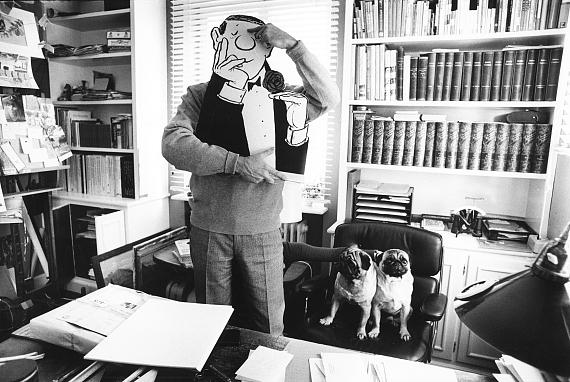
Stefan Moses © archiv stefan moses “Loriot mit den englischen Möpsen Henry und Gilbert in seinem Studio”, Haus Ammerland, 1966 Courtesy Johanna Breede PHOTOKUNST

